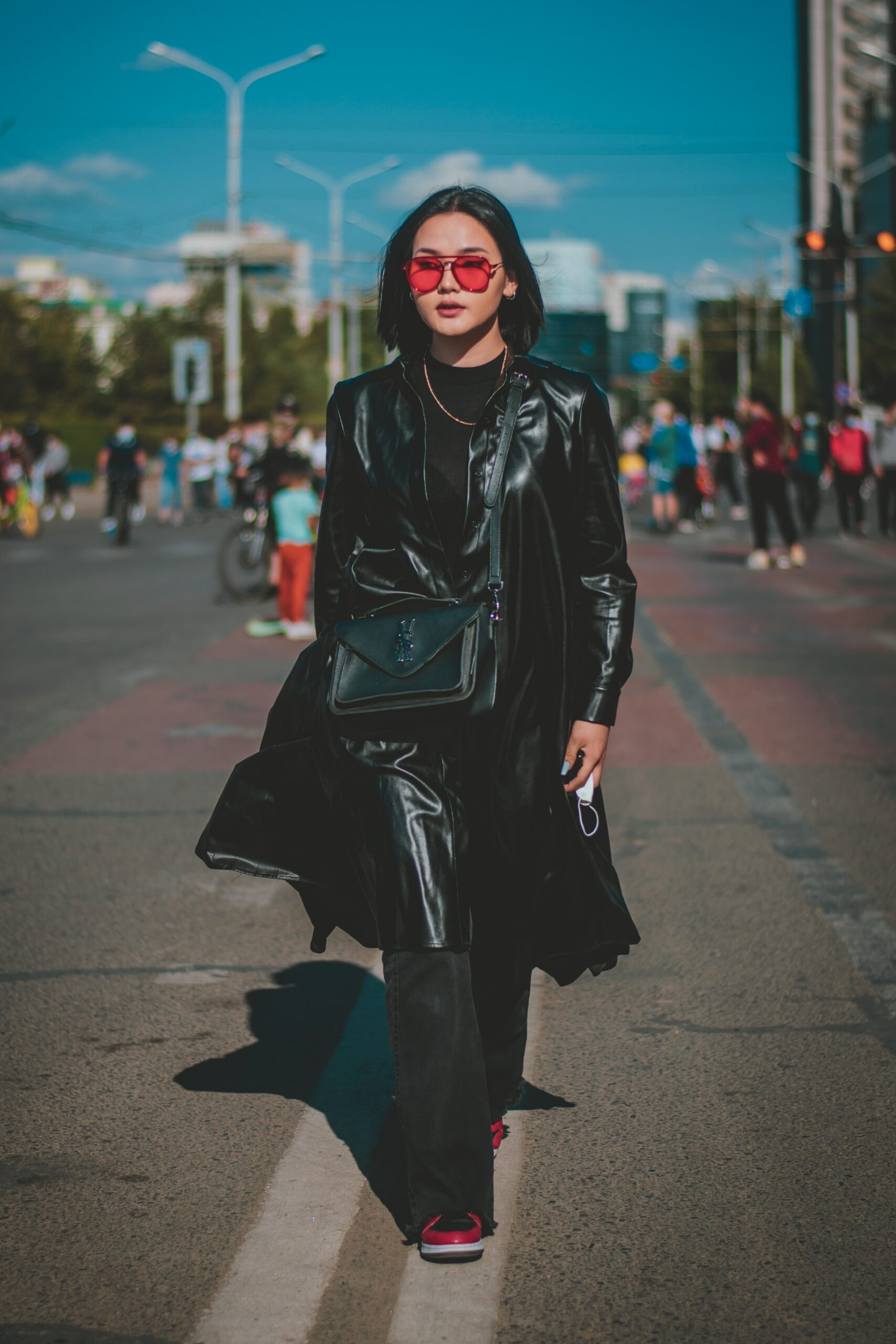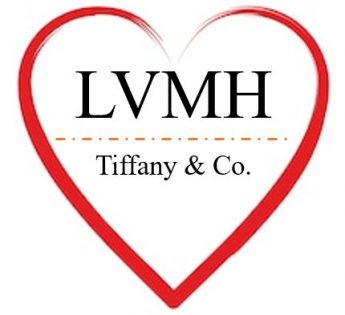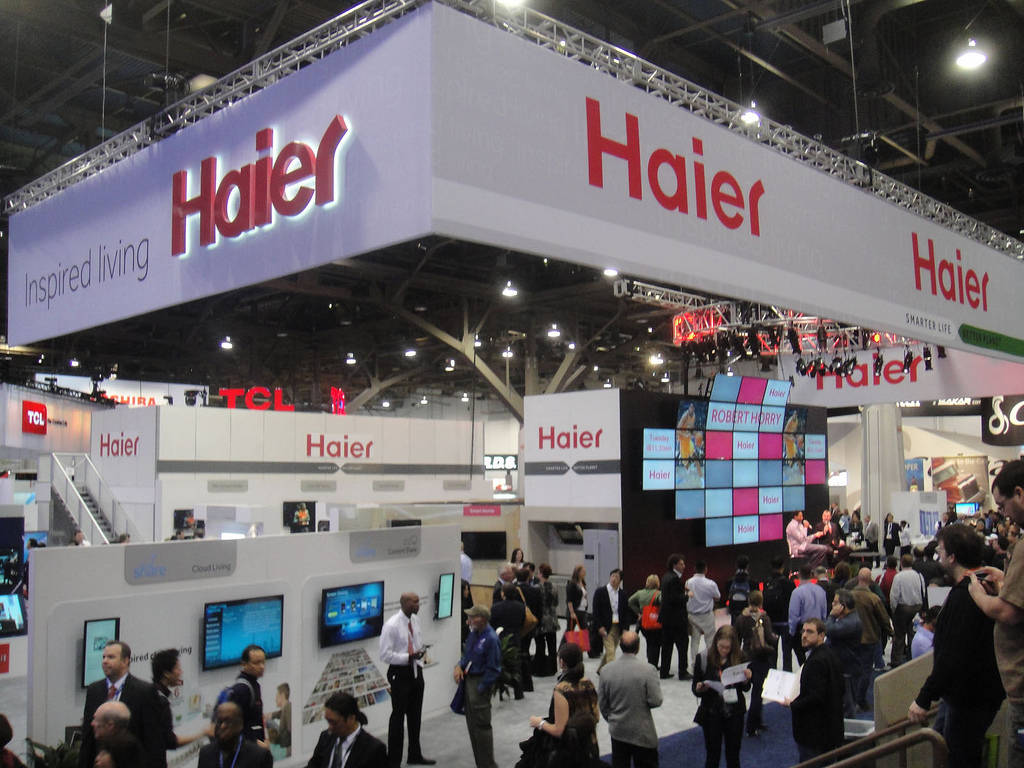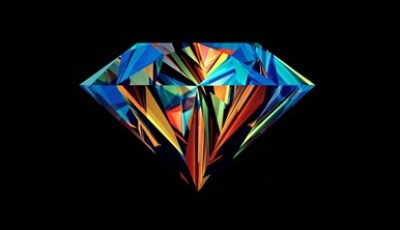In past few posts, I have discussed the impact of recession on luxury consumption. In two of these posts (Luxury consumption: will it really be affected by recession? and Luxury Consumption Tendencies in Recession: Early Evidence) looking through an exploratory study, I opined that the overall luxury consumption will not decline as much in this recession due to several factors including, mass consumption trends, tourism trends and the rise of emerging markets.
The mass consumption trends have shown an interesting consumption trend overall which has been termed ‘the lipstick effect’. The effect relates to tougher economic conditions when consumers who are used to buying luxury products tend to consume lesser costly luxury products but the consumption pattern continues. It was first observed by analysts at Estee Lauder who saw a huge jump in Lipstick sales after Sep 11 attacks and Leonard Lauder, Chairman of Estee Lauder promoted it. Later on when analysed, this effect was observed through various recessionary phases world has seen across countries.
There is conclusive trend emerging to support this effect. Rather than changing their overall spending habit and becoming thrifty, consumers are simply trading down (another term quite known in fashion world) to cheaper luxury products to cheer themselves up. The trend is clearly seen from the recent sales figures from the world’s big cosmetic firms including Shiseido, L’Oreal and others. The European personal products index is an excellent proxy for the global cosmetics sector because it is dominated by L’Oréal and Beiersdorf. So far in the downturn, this index has already outperformed the broader market by 45%.
The accessories (or what is called affordable luxury) is a very interesting product category. They involve products such as perfumes, belts, glasses, small ticket jewellary, and so on. The accessible luxury goods, even if they are relatively inexpensive in price (comparing to it true and intermediary counterparts), still function as luxury products as they are ‘creative, sophisticated’ and yet ‘sold through luxury distribution’. Many of these products are used for self-gift giving and also general gift-giving. My last blog on Valentine’s Day as a marketing opportunity highlighted the day as one of the biggest events for consumption of affordable luxury products.
The affordable luxury products provide an interesting comparative research environment to look into. There are several research gaps in our understanding as to: how do other affordable luxury products (else than Lipstick) perform comparatively? how do affordable luxury products perform against exclusive luxury (the real and very high end luxury); how do consumer engage with these affordable luxury products?
We are working on a research project on similar lines. Till those results are made available in public domain, watch this space!!!






